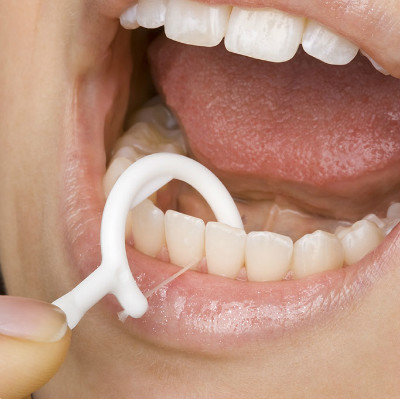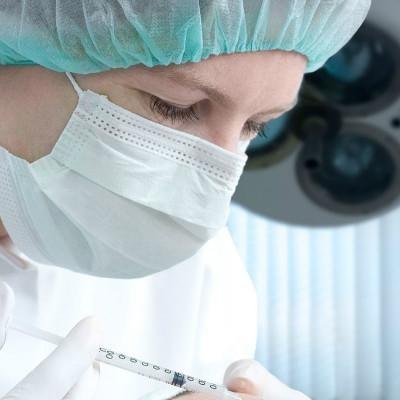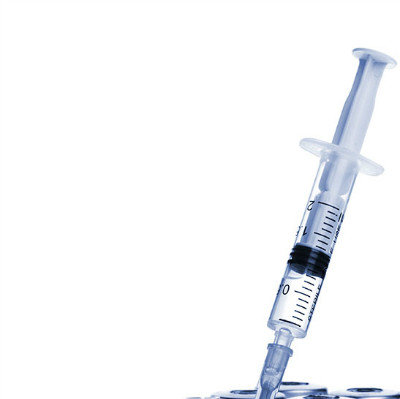Symptoms of mandibular lymphadenitis?
summary
Submandibular lymphadenitis is the most common acute infection in children. It is common in children before and after school age, and can also be seen in adults. It is a typical suppurative infection. Staphylococcus aureus is the main pathogen, which is often secondary to upper respiratory tract infection and skin injury and infection. Anti infection is the main treatment, and puncture or incision and drainage can be used for purulent. Symptoms of mandibular lymphadenitis? Let's talk about it
Symptoms of mandibular lymphadenitis?
One side of the patient will have pain, submandibular lymph node swelling, touch can move, tenderness, swallowing can aggravate, and then appear local skin redness, fever. There will be pain and fever in the early stage of the disease, and the patient may be accompanied by depression and loss of appetite. After 3 days, the patient's condition will be stable, and the general condition will be improved, and the spirit and appetite will recover.

Fever, hyperhidrosis, fatigue, rapid ESR, more common in young adults. It is often accompanied by pulmonary tuberculosis. The texture of lymph nodes is uneven. Some parts are light (caseous change), some parts are hard (fibrosis or calcification), and they adhere to each other and the skin, so the mobility is poor. Tuberculin test and blood tuberculosis antibody were positive in these patients.

Most of them have obvious infection foci, and often have localized lymphadenopathy, pain and tenderness. Generally, the diameter is not more than 2-3cm, which will shrink after anti-inflammatory treatment. The enlargement of inguinal lymph nodes, especially the long-standing flat lymph nodes, is of no significance. However, the enlargement of neck and supraclavicular lymph nodes without obvious cause indicates systemic lymphoproliferative disease, which should be paid attention to and further examined.

matters needing attention
Prevention of cold is the most effective measure to reduce the incidence of this disease. When cough, cold, sore throat, should be actively treated. When you have fever, you should touch whether there are swollen lymph nodes or red, swollen and hard places in the neck, so as to timely treat and control inflammation, otherwise it will develop into acute submandibular lymphadenitis or submandibular cellulitis.












